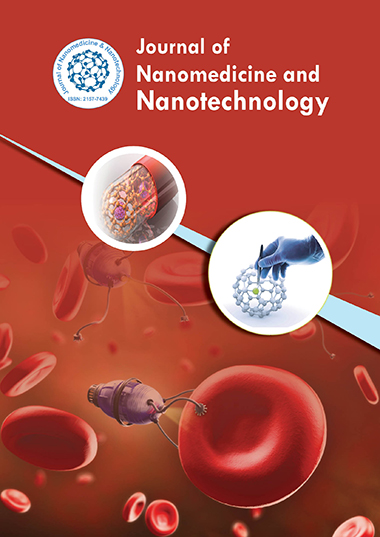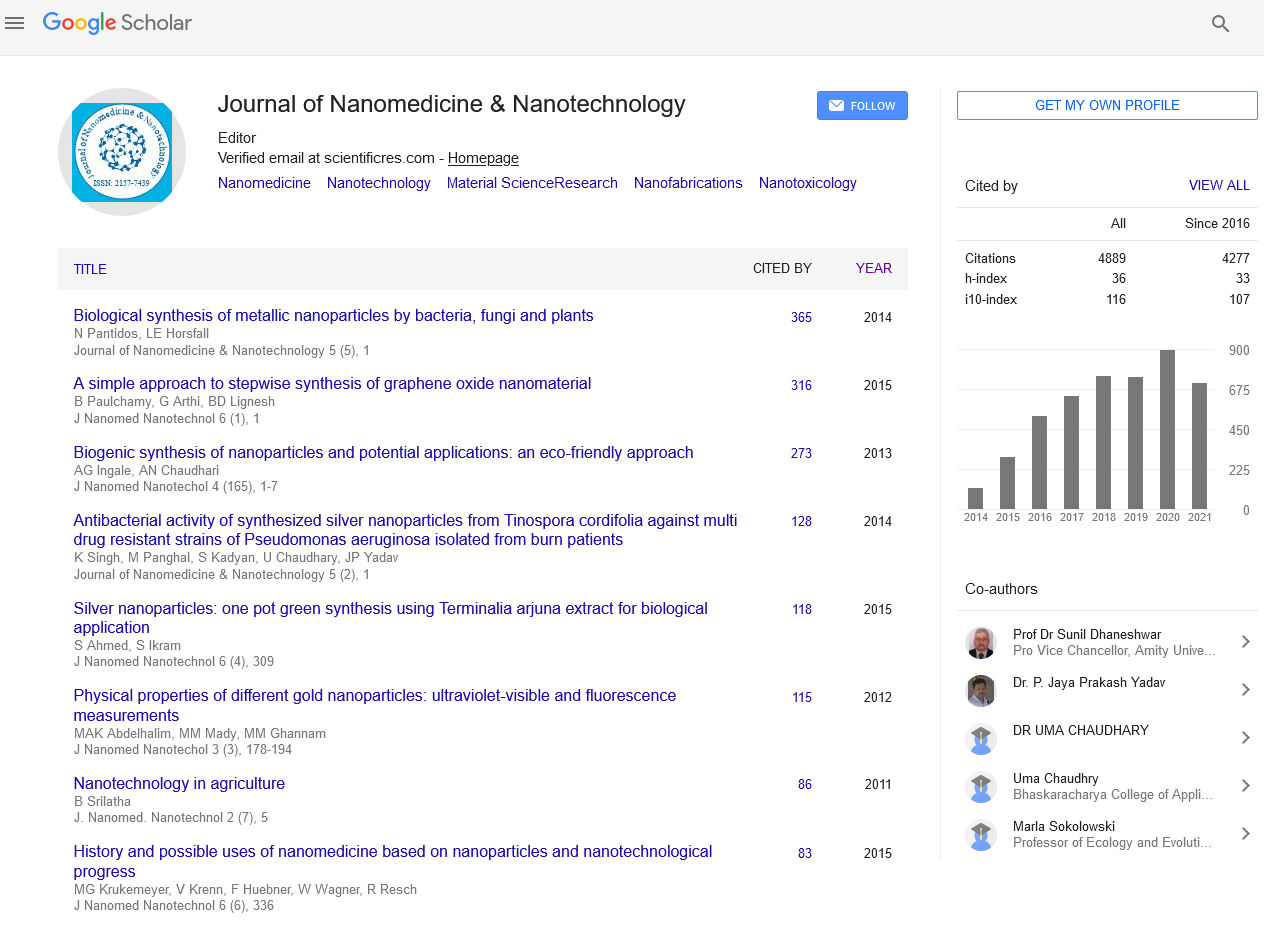Indexed In
- Open J Gate
- Genamics JournalSeek
- Academic Keys
- JournalTOCs
- ResearchBible
- China National Knowledge Infrastructure (CNKI)
- Scimago
- Ulrich's Periodicals Directory
- Electronic Journals Library
- RefSeek
- Hamdard University
- EBSCO A-Z
- OCLC- WorldCat
- SWB online catalog
- Virtual Library of Biology (vifabio)
- Publons
- MIAR
- Scientific Indexing Services (SIS)
- Euro Pub
- Google Scholar
Useful Links
Share This Page
Journal Flyer

Open Access Journals
- Agri and Aquaculture
- Biochemistry
- Bioinformatics & Systems Biology
- Business & Management
- Chemistry
- Clinical Sciences
- Engineering
- Food & Nutrition
- General Science
- Genetics & Molecular Biology
- Immunology & Microbiology
- Medical Sciences
- Neuroscience & Psychology
- Nursing & Health Care
- Pharmaceutical Sciences
Nanodrugs from graphene and growth factor for the treatment of age-related macular degeneration
20th Asia-Pacific Nanotechnology Congress
July 23-24, 2018 Sydney, Australia
Mimi Lin and Yong Liu
Wenzhou Medical University, China
Posters & Accepted Abstracts: J Nanomed Nanotechnol
Abstract:
Age-related Macular Degeneration (AMD) is the third leading ocular diseases which cause irreversible blindness around the world. AMD is generally caused by the damage of Retinal Pigment Epithelium cells (RPE) which are mainly originated from the oxidative stress. It has been reported that the basic Fibroblast Growth Factor (beg) is able to inhibit the oxidative stress by enhancing the signaling pathways of PI3K/AKT and Nrf2. As a result, cell reparation and proliferation can be promoted by bag. Theoretically, it is possible to decrease the level of Reactive Oxygen Species (ROS) and repair the damage of RPE by the utilization of bFGF at the early stage of AMD. However, clinical application of bFGF was limited by the easy-degradability and short half-life of bFGF in vivo. Graphene based materials have been considered as great candidates for drug delivery carriers due to their huge surface area and good long-term stability. Particularly our previous study has discovered that Nitrogen-doped Graphene (NG) shows superb catalytic performance in oxygen reduction reacton. This suggests that NG will be beneficial for reduction of ROS in RPE. This allows us to design a new nanodrug system by combination of NG and bFGF. The newlydeveloped bFGF-NG nanodrug will facilitate the reduction of ROS by the synergetic effects of NG and bFGF. The properties of bFGF will be further enhanced by incoporation of graphene based nanosheets. In this work, bFGF-NG will be prepared via an one-step ball milling method. ROS generation changes in photo-damaged RPE will be evaluated after the application of bag- NG. Treatment efforts of bag-NG on both in vitro and in vivo models will be measured in details.
Biography :
E-mail: linmimi815@wmu.edu.cn


